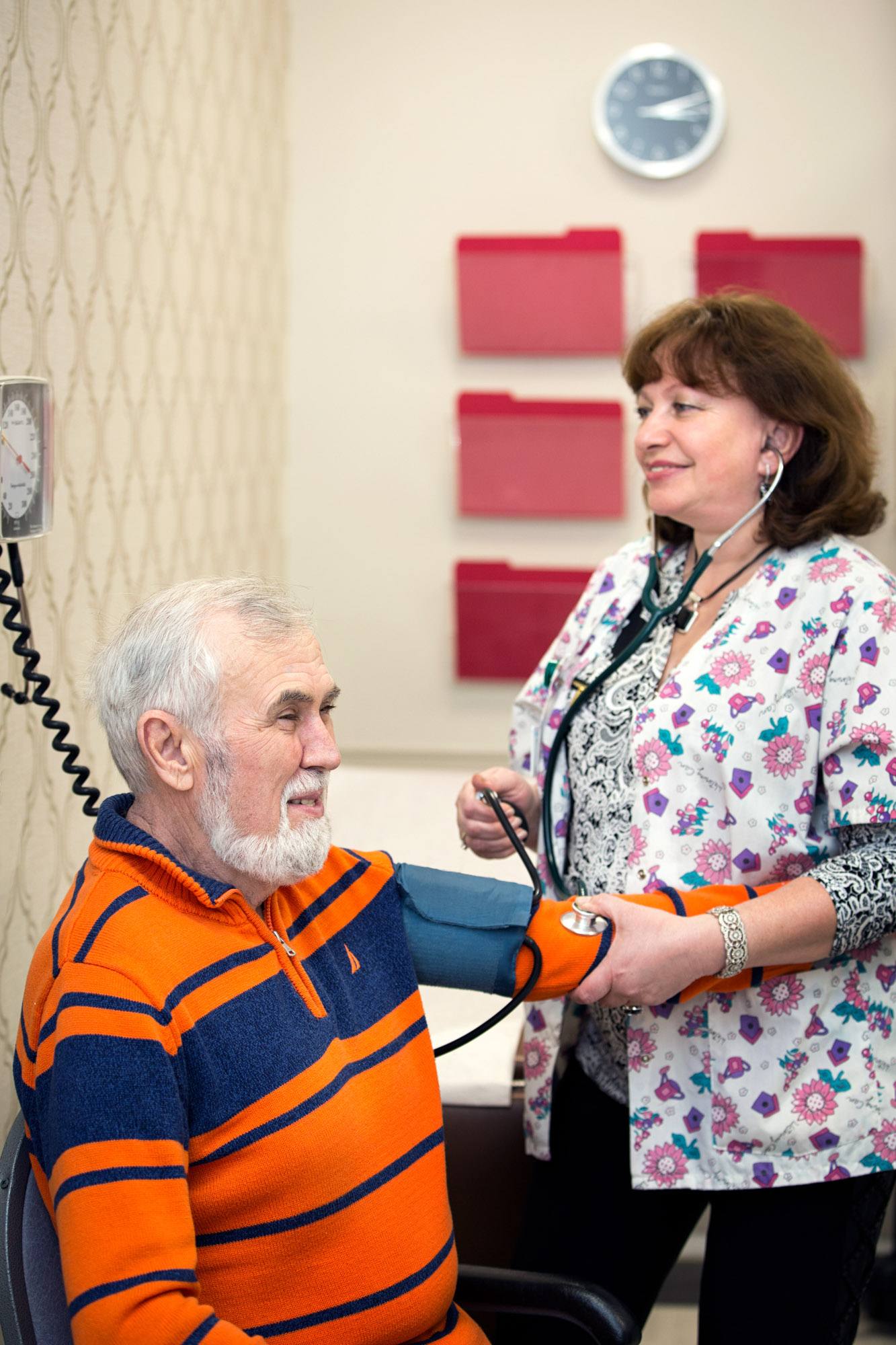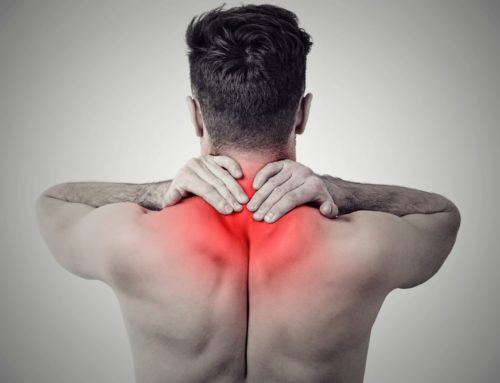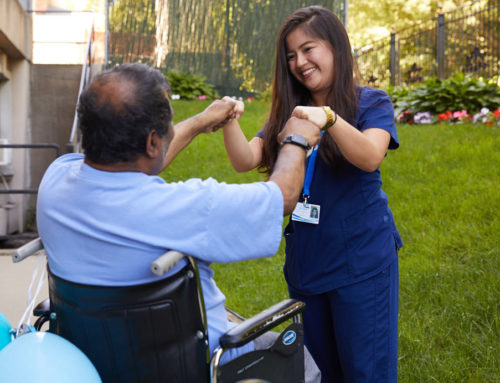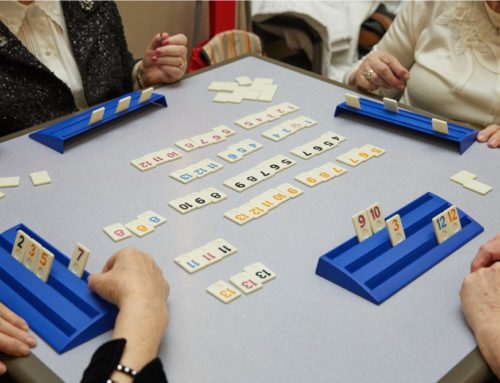Arthritis Headache and Treatments That Help
Arthritis pain causes joint issues, including stiffness, pain, and reduced flexibility. One surprising symptom is brain related issues such as headaches, problems with memory and mental clarity, which occur for a few reasons. Arthritis in the back or neck can radiate up, causing pain in the head. Those symptoms may also increase stress, which leads to an arthritis headache and other symptoms.
One of the best treatments for such pain is physical therapy, which treats several arthritic joint issues, including neck and head. Your therapist will recommend techniques that will help with reduced blow flow to the brain, such as manual traction or heat and cold therapy.
For more information on the best treatments for headaches caused by arthritic conditions, keep reading.
Types of Arthritis Causing Headache and Other Brain Problems
Two types of arthritis are mainly associated with head pain, foggy brain and memory issues. Osteoarthritis and is the one of the most common types, reducing the cartilage between the bones, triggering swelling, pain, and movement issues.
Rheumatoid arthritis is an autoimmune disease causing the immune system to attack the joints. It leads to inflammation, which thickens the inside of the joints, causing pain and swelling.

Best Treatments
To reduce a headache caused by arthritis, a few treatments are available. The best choice is physical therapy, though several options may reduce pain and other arthritis symptoms. Be sure to discuss therapy options with your doctor before experimenting with them to be sure they won’t worsen your condition.
Physical therapy
Your physical therapist can do manual cervical traction and other techniques. Exercise releases endorphins, which are natural painkillers. Stress hormones, like adrenaline and cortisol, are reduced, relaxing your body and mind. As you work your body, your headache will slowly disappear.
Physical therapy for arthritis increases muscles around the joints. Therapists recommend various physical activities, including strengthening and stretching. For headaches, physical therapy has several benefits. First, it improves blood flow, sending oxygenated blood throughout the body.
Acupuncture and massage
Acupuncture techniques are over 2000 years old and use tiny needles to stimulate specific points in the body. The purpose of those placements is to open up blocked energy channels that are causing illness, pain, or imbalance. The pain reduction aspect is why it’s become a popular treatment for an arthritis headache.
Part of the process is placing needles in areas that encourage the release of endorphins and enkephalins to relieve pain. Well-placed pins can also promote cortisol production, which helps control the inflammation causing pain and stress, reducing headaches.
Massage therapy also relaxes the body and soothes the affected joint, calming the mind at the same time.
Yoga and deep breathing
Yoga and neck and back stretching exercises are very helpful when you do them regularly.
Meditation and deep breathing exercises can help you calm your mind and reduce pain by relaxing your arteries and muscles.
Other treatments include supplements such as magnesium oil, that helps tremendously for stiff muscles.
Proper dietary and sleep habits can also help with arthritis symptoms that lead to head pain. A few other treatments for arthritis headaches are available. Medications, both over-the-counter and prescription, are effective at reducing arthritis headache pain. These may include pain medications, steroids, or anti-inflammatories. Speak to your doctor to ensure you’re taking the proper meds.
Resources:
https://www.brainandlife.org/articles/can-arthritis-of-the-spine-trigger-a-migraine
https://www.betterhealth.vic.gov.au/health/conditionsandtreatments/arthritis-and-exercise
https://orthoinfo.aaos.org/en/diseases–conditions/cervical-spondylosis-arthritis-of-the-neck
https://www.arthritis.org/health-wellness/treatment/complementary-therapies/natural-therapies/acupuncture-for-arthritis
This article is for educational and informational purpose only and does not substitute for professional medical advice. For any questions about your own health condition, speak to a qualified physician or healthcare provider.







Leave A Comment